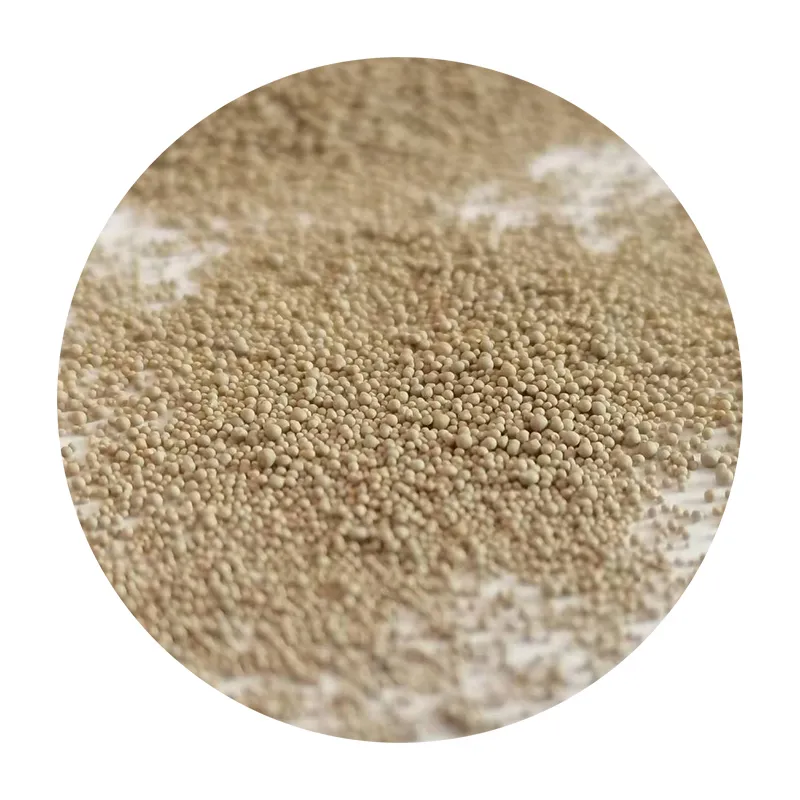The Resin Coated Sand Manufacturing Process A Comprehensive Overview
The foundry industry plays a critical role in the manufacturing sector, particularly in producing metal components for various applications. One of the pivotal materials in this sector is sand, particularly resin-coated sand, which has revolutionized casting processes. This article delves into the resin-coated sand manufacturing process, highlighting its significance, methodology, and advantages over traditional sand casting materials.
Understanding Resin-Coated Sand
Resin-coated sand is a composite material made by coating sand grains with a thermosetting resin. This innovative approach enhances the sand's properties, making it ideal for high-precision casting. The resin imparts superior strength and resilience compared to traditional sand, allowing for the production of intricate designs and reducing scrap rates. Due to these benefits, resin-coated sand has become a preferred choice in various industries, including automotive, aerospace, and general engineering.
The Manufacturing Process
The manufacturing of resin-coated sand involves several critical steps, each contributing to the final quality of the product. Here’s a breakdown of the process
1. Selection of Raw Materials The process begins with the selection of high-quality sand grains, usually silica sand, which have uniform size and shape. The quality of the base sand is crucial, as it directly affects the performance of the coated sand.
2. Preparation of Resins The resins used in coating the sand are typically phenolic, furan, or epoxide-based. The preparation involves mixing the resin with hardeners, catalysts, and additives that modify the properties of the final product. The choice of resin depends on the specific requirements of the casting process.
3. Coating Process This step is vital as it determines the uniformity and thickness of the resin coating on the sand grains. The most common methods include the ‘mixed process’ and the ‘pre-coated process’
- Mixed Process In this method, the sand is mixed with the liquid resin and other additives. This mixture is thoroughly stirred to ensure an even coating of the resin on the sand grains. - Pre-Coated Process Alternatively, the sand grains can be pre-coated with resin powder. This method offers better control over the coating thickness and allows for a more consistent product.
4. Curing Once the resin-coated sand is produced, it needs to be cured to enhance its strength and stability. This process involves heating the material, which activates the resin and hardens it, locking the coating in place. Proper curing is essential to achieve the desired properties, including resistance to thermal and mechanical stresses.
resin coated sand manufacturing process

5. Cooling and Screening After curing, the coated sand is allowed to cool. It is then screened to remove any oversized particles and to ensure a consistent grain size. This step guarantees that the final product meets industry specifications for casting applications.
6. Quality Control Throughout the manufacturing process, stringent quality control measures are implemented. This includes testing for parameters such as resin content, sand grain distribution, compressive strength, and thermal stability. These tests ensure that the resin-coated sand meets the required standards for performance in casting molds.
Advantages of Resin-Coated Sand
The use of resin-coated sand brings numerous benefits that enhance foundry operations
- Improved Casting Precision The strength and dimensional stability provided by resin-coated sand allow for the reproduction of intricate designs with high precision.
- Reduced Scrap Rates The enhanced mechanical properties reduce the likelihood of defects, which leads to lower scrap rates and improved overall efficiency in the casting process.
- Better Surface Finish Casts made with resin-coated sand often exhibit superior surface finish quality, reducing the need for extensive post-processing.
- Versatility The formulation of resin-coated sand can be tailored to specific casting needs, making it suitable for a wide range of applications across different industries.
Conclusion
The resin-coated sand manufacturing process represents a significant advancement in foundry materials, offering enhanced properties that cater to modern casting demands. As industries continue to evolve, the adoption of resin-coated sand will likely grow, driving innovation and precision in metal casting applications. Understanding and mastering this manufacturing process will enable foundries to meet increasing quality standards while optimizing operational efficiency. The future of casting technology is indeed promising with the continuous evolution of materials like resin-coated sand.
Post time:Лис . 24, 2024 08:18
Next:resin coated sand plant
